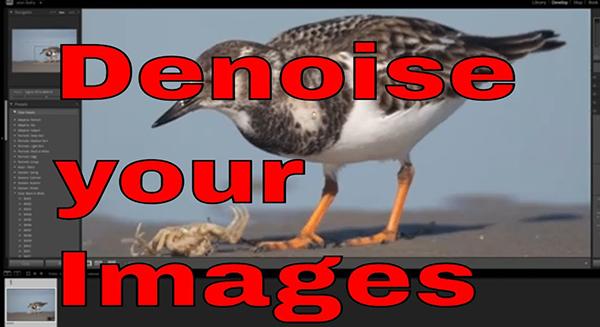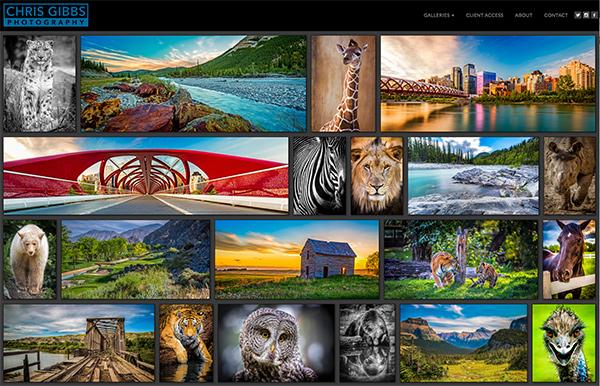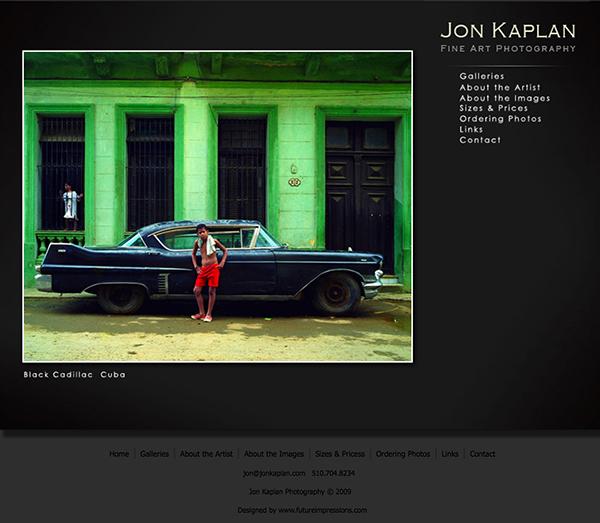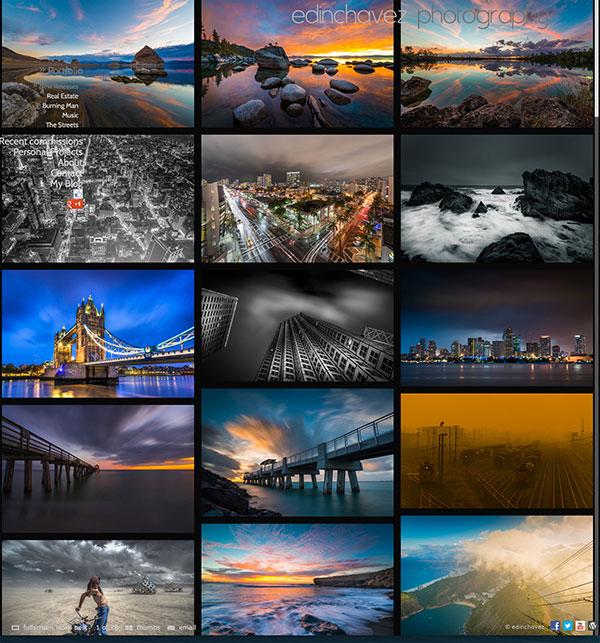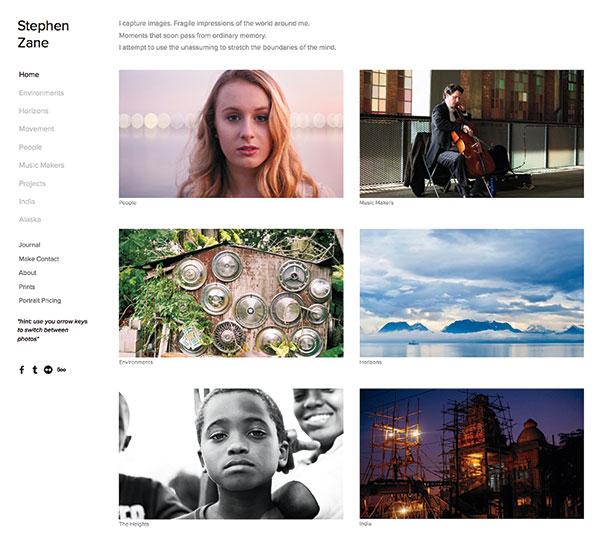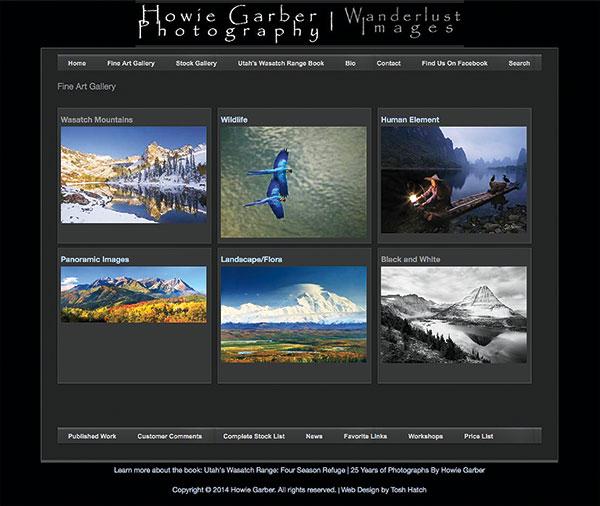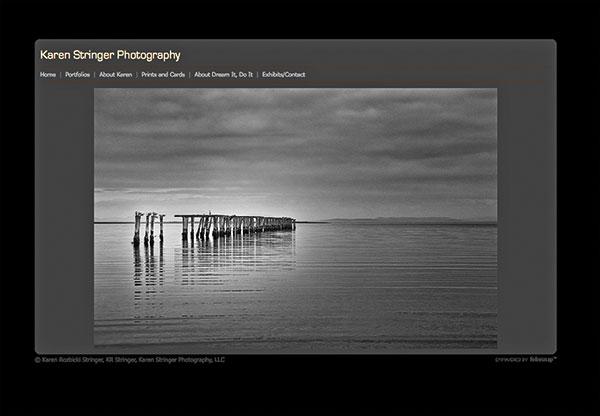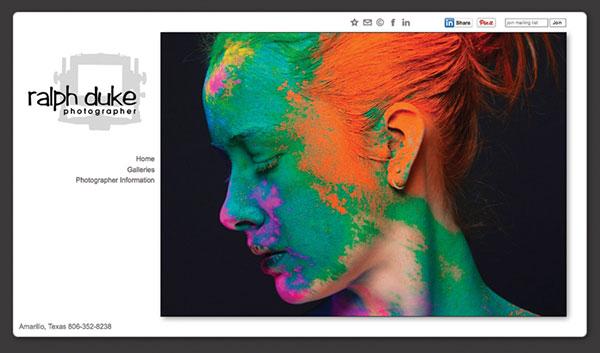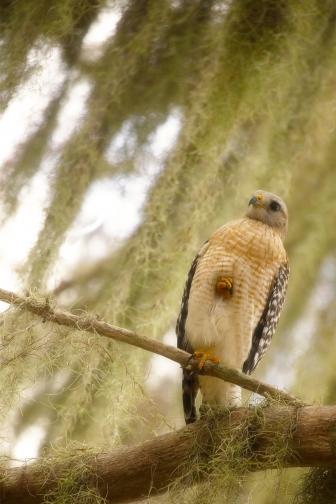Web Profiles
Sort By: Post Date TitlePublish Date
|
Dec 21, 2016 |
|
Nov 07, 2016 |
|
Aug 26, 2016 |
|
Jul 26, 2016 |
|
Feb 09, 2016 |
|
Dec 10, 2015 |
|
Aug 12, 2015 |
|
Jul 03, 2015 |
|
May 08, 2015 |
|
Mar 10, 2015 |
|
Jan 12, 2015 |
|
Aug 26, 2014 |
|
Jun 29, 2014 |
First Published: May 01, 2014 |

